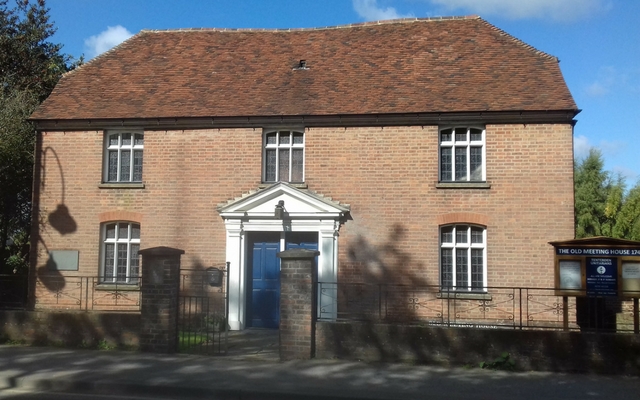The history of the Unitarian chapel
The history of “The Old Meeting House” Unitarian chapel in Tenterden, Kent, can be traced back to the year 1662. Following the Restoration of the Monarchy in 1660, two years later in 1662 the revised “Book Of Common Prayer” was published, and the “Act Of Uniformity” was passed. This act required clergy of the Church Of England to assent to the use of the new prayer book, but also, if they had been ordained during the period of the “Commonwealth” (when local parish churches were run on “Presbyterian” lines and new ministers were ordained locally by their fellow clergy – the bishoprics having been abolished along with the monarchy) to submit themselves for re-ordination at the hands of a bishop.
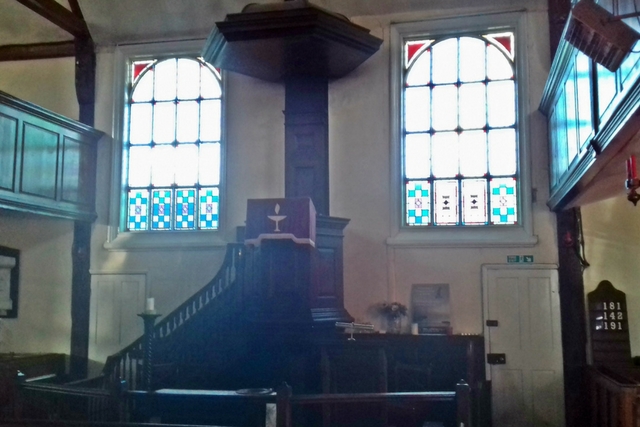
A large number of clergy refused to be re-ordained as a matter of conscience, as they felt that they had been ordained in good faith, and to accept re-ordination would imply that their previous ministry had been invalid. Therefore, if they did not sign the Act Of Uniformity, they were “ejected” from their livings. One such was the Revd George Hawe, vicar of Tenterden. As was often the case, many of his congregation left with him and continued to worship clandestinely – being prevented by the “Five Mile Act” from doing so within five miles of the parish church. This condition was relieved by the Toleration Act of 1689 and “Dissenters” were allowed their own places of worship.
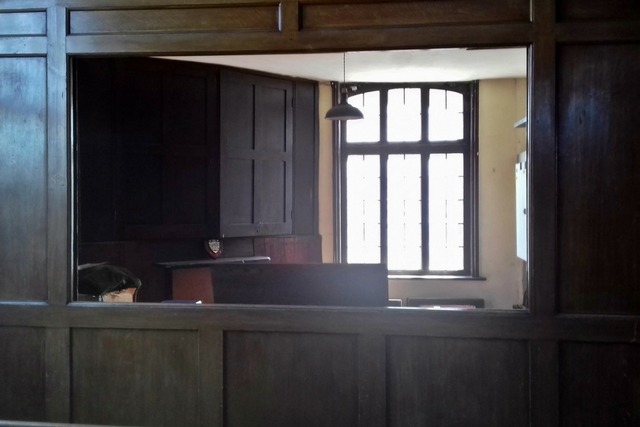
A deteriorating pipe organ
The Tenterden congregation began meeting on the present site – possibly in a converted barn – around 1700. The building was substantially altered and assumed its present form in 1746, although a school room was added at the back in the 19th century. A plaque commemorates the visit of two very well-known historical figures – Joseph Priestly and Benjamin Franklin – and their visit is depicted in a painting in the chapel by a local artist.
A pipe organ was installed around 1876 but in recent years its condition has deteriorated to the extent of being only partly playable, and prone to complete failure, with recurrent action faults and collapsed pipework. Faced with constant expensive repair and conservation of a listed building, the small congregation simply cannot afford, at present, the 5-figure sum estimated for restoring the organ.
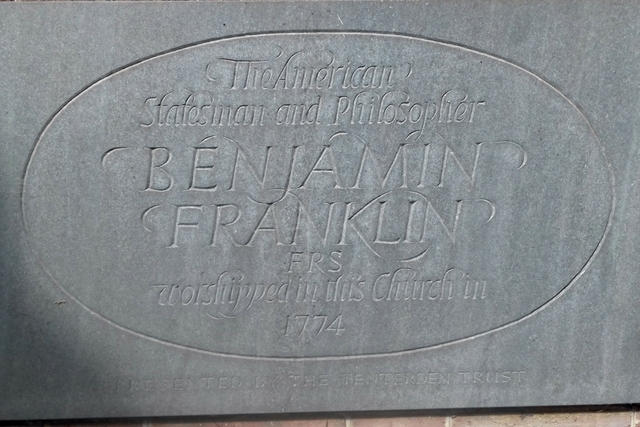
Preserving a pipe organ and installing a Viscount instrument
As organ music is appreciated by the congregation and central to the worship, the decision was taken earlier this year to “mothball” the pipe organ for future renovation, and install a Viscount Cadet 31 instrument. Installation was recently completed, being personally undertaken by Jeremy Meager who was painstaking in his work to conceal the wiring to the external speakers which have been placed adjacent to the pipe organ in the gallery.
The console location is unique! At the back of the chapel, on either side, are two small vestries – with a unique feature! They each have a large wooden sash panel that can be opened through to the chapel – an innovation many years ago to allow the vestries to be used for overflow seating (sadly not needed these days!)
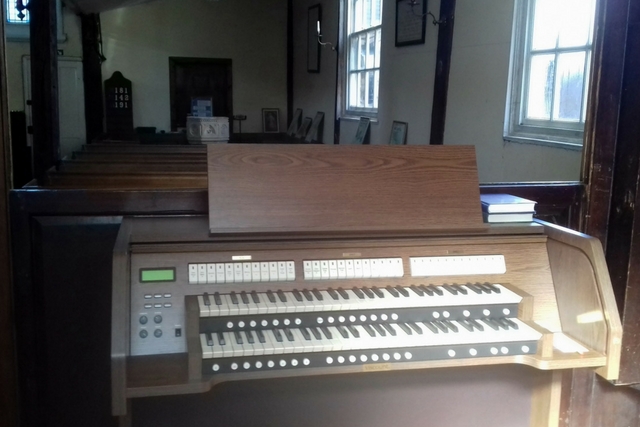
To avoid the complication of obtaining permission to remove a pew or two from the listed building to site the console, it was decided to site it in one of the vestries (which was only used as a store room) and open the wooden sash panel to give the organist a clear view of proceedings, and maintain the visual integrity of the chapel interior.
Many organists (to the irritation of some colleagues!) refer to their instruments/lofts etc as their “office”. This description seems perfectly apt here! The two organists who share the duties – Stephen Williamson and Andrew Butler – are delighted with the organ, as are the regular congregation.
I have had a passion for church organs since the tender age of 12. I own and run Viscount Organs with a close attention to the detail that musicians appreciate; and a clear understanding of the benefits of digital technology and keeping to the traditional and emotional elements of organ playing.
